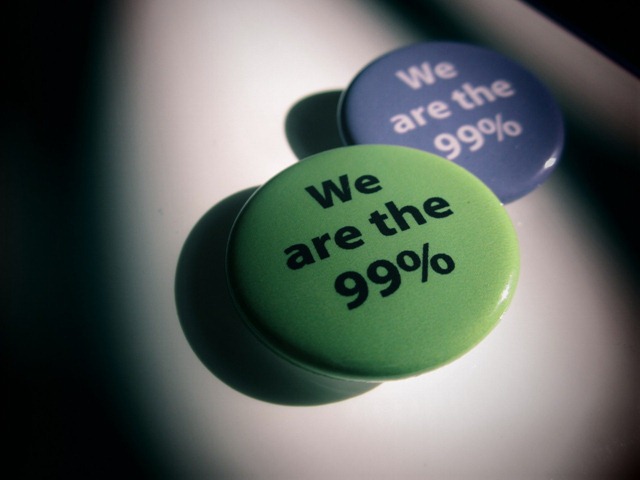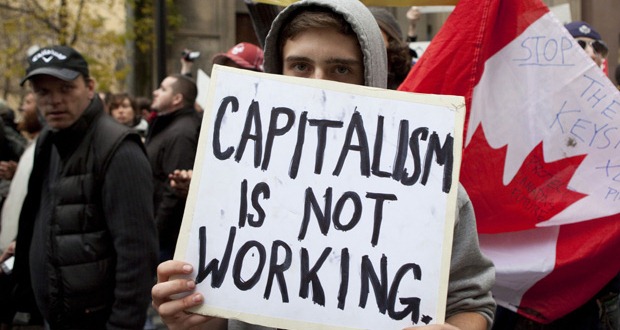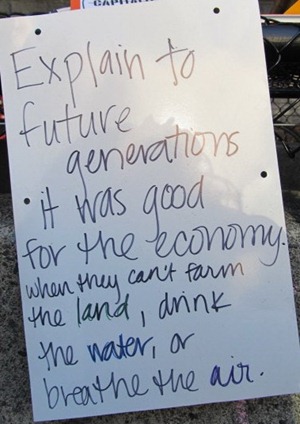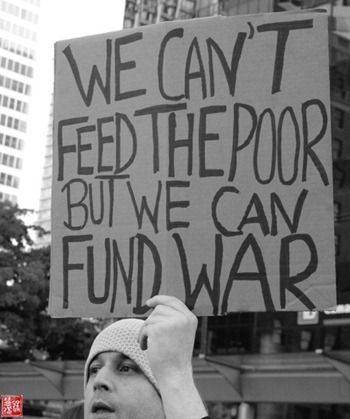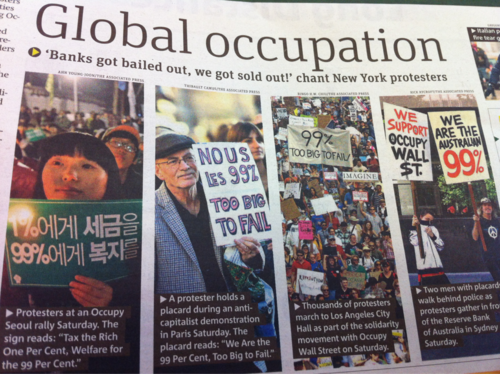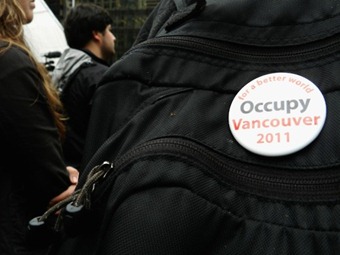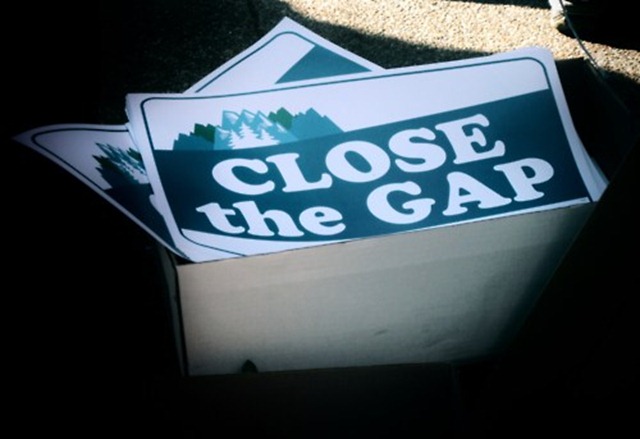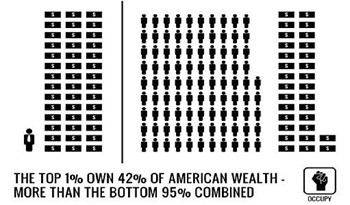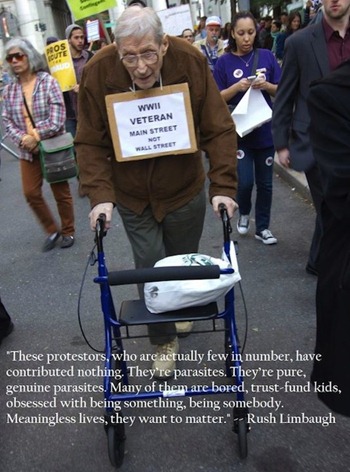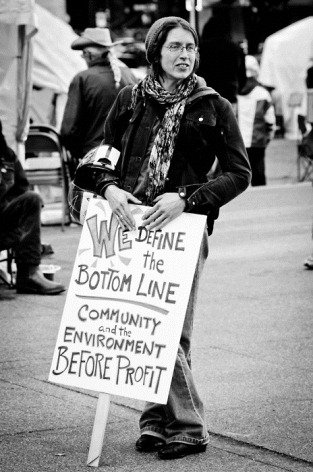
According to the Congressional Budget Office, between 1979 and 2007, incomes of the top 1% of Americans have grown by an average of 275%, versus just 40% for the 60 percent of Americans who are in the middle of the income scale. The top 1% of the American population controls about 40% of the total wealth of the country, the top 20% of earners took in 80% of household income, and the top 10% controlled 73% of wealth. Since 1979, average pre-tax income for the bottom 90% of households decreased by $900, and that of the top 1% increased by over $700,000, as federal taxation became less progressive. While over the last 30 years, the top 1% has bore a larger percentage of the tax burden, up from 15% in 1979 to to 37% in the year 2009, the 400 taxpayers with the highest incomes saw their income increase by 392%. In 2010, of the 100 highest-paid chief executives in the U.S., 25 took home more pay than their company paid in federal corporate income taxes.
- source

